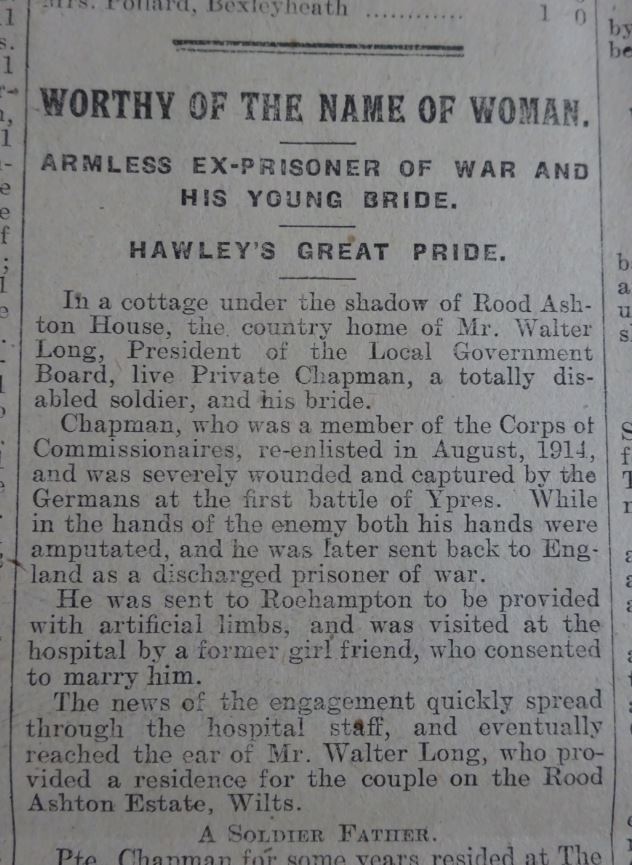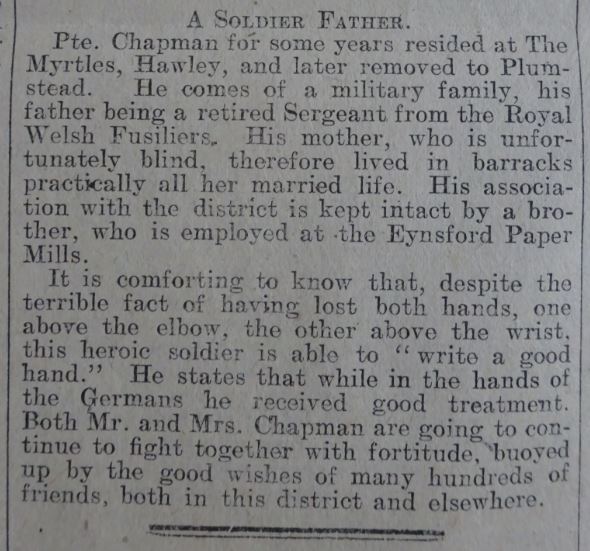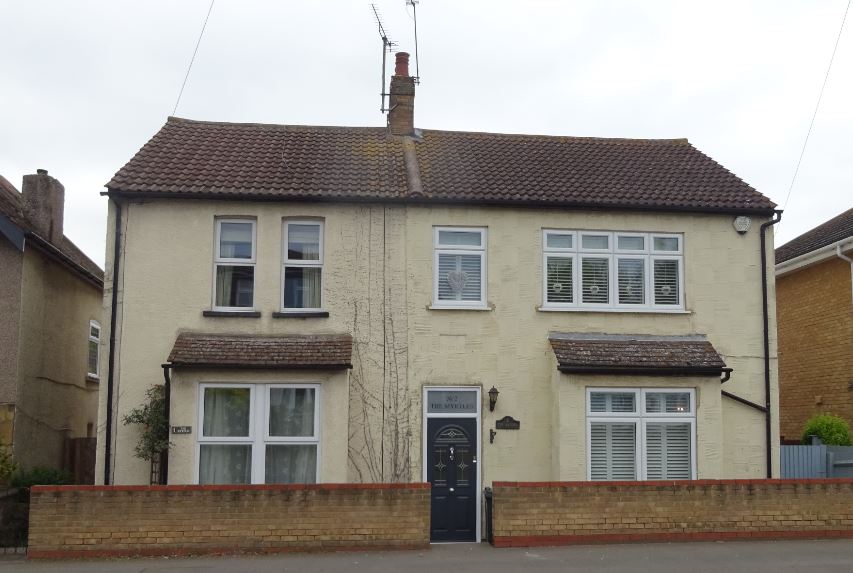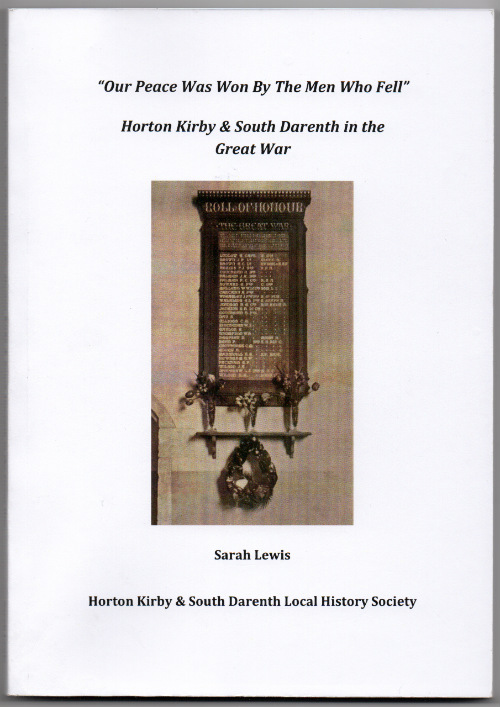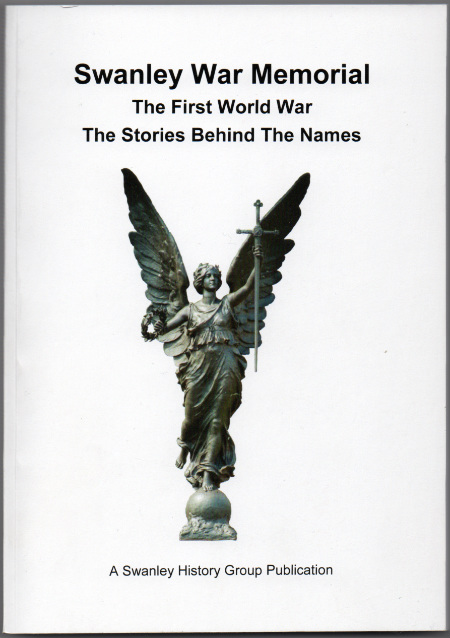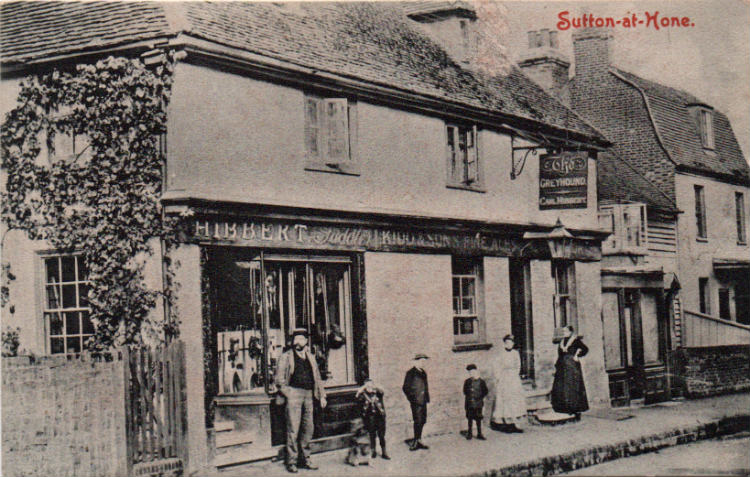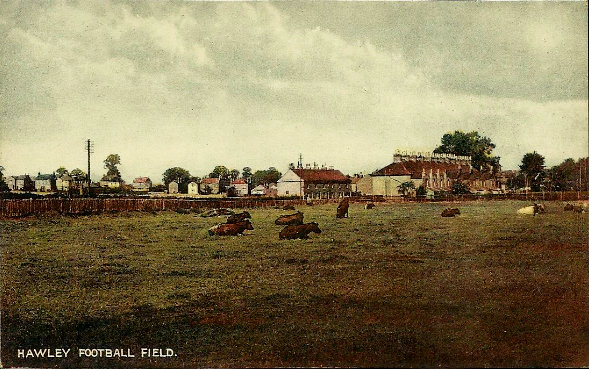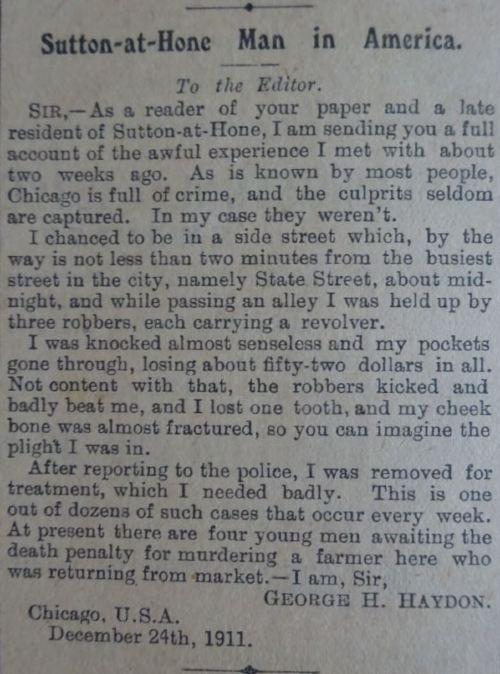
George Haydon was born in 8th March, 1889 at 1 Ship Lane, Sutton at Hone, and was baptised at St John’s on 26th May 1899, and was the son of Ernest and his wife Elizabeth (nee House). The couple had moved to Sutton at Hone from Berkshire in 1880, and lived at 1 Ship Lane with their children, and Edward was described as working in the paper mill in 1881
George and his siblings would have attended Sutton at Hone school, and what he did after school is unclear. His passage to America has not been traced but seems to have been before the 1911 census. His sister Alice would follow him and arrived in Boston in August 1911.
George and his brother Cecil both served during World War 1 as they are listed on the Absent Voters list for Sutton at Hone. George was listed as being a Private in 8th (Res) Grenadiers, and Cecil was a Gunner in the Royal Horse Artillery.
In June 1919 after discharge from the army, George sailed back to Chicago, and on his papers he is described as being single and a chef. It seems he stayed in the US.
Edward lived in the village for the rest of his life, dying at 7 Ship Lane in 1941, and Elizabeth had died in 1924.
